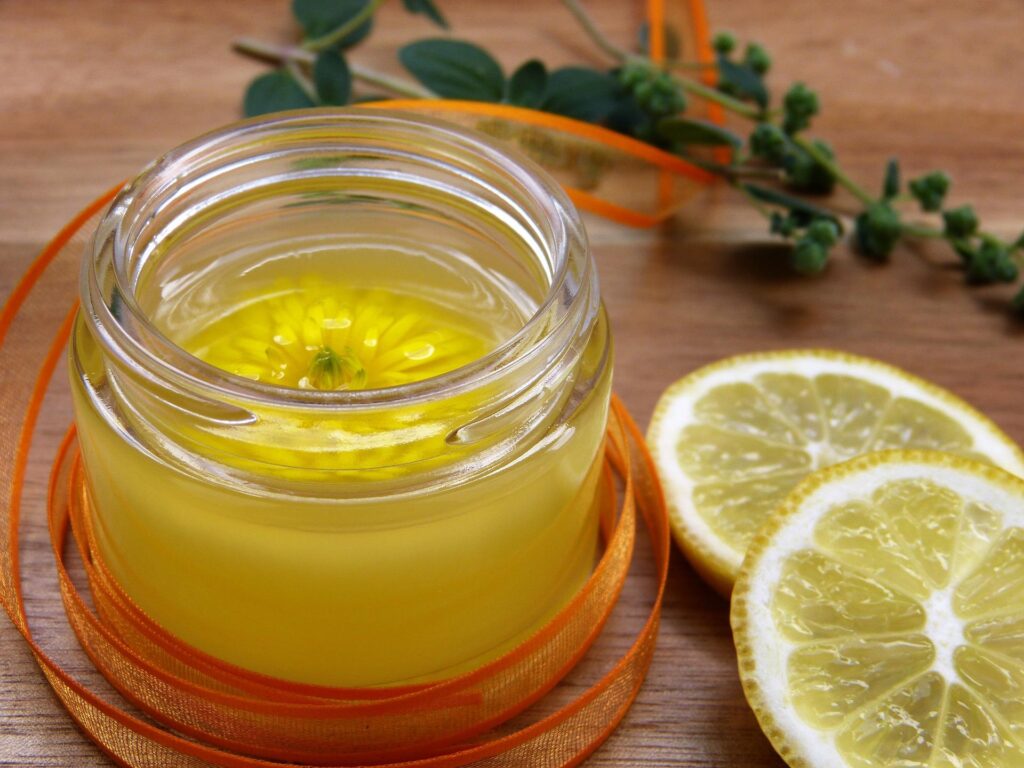Oils and butters from various natural sources form an important raw material for almost all cosmetic products which can ad as vehicles for application of oils rich in essential polyunsaturated fatty adds on skin. Though the use of omega 6 linoleic acids in dermatological research is well documented, use of omega 3 linolenic acid seems to have received less attention.
There are three functions of essential fatty acids (EFA). The most important is as part of phospholipids in all animal cellular membranes, deficiency of which cause formation of faulty membranes. A second is in the transport and oxidation of cholesterol as EFA tend to lower plasma cholesterol. A third function is as precursors of prostanoids which are only formed from EFA Deficiency of EFA in experimental animals causes lesions mainly attributable to faulty cellular membranes: sudden failure of growth, lesions of skin and kidney and connective tissue, erythrocyte fragility, impaired fertility, uncoupling of oxidation and phosphorylation.
 Modern consumer habits have thrown polyunsaturated fatty acids (PUFA) intake out of balance, resulting in low consumption pf a-linolenic acid ( omega 3 or n-3 fatty acid) relative to -the linoleic acid (omega 6 or n-6 fatty acid). The net result of such shift in the diet has been to provide ample ” substrate for producing arachidonic acid (AA, C20:4 n-6) and very little substrate for producing eicosapentaenoic acid (EPA,
Modern consumer habits have thrown polyunsaturated fatty acids (PUFA) intake out of balance, resulting in low consumption pf a-linolenic acid ( omega 3 or n-3 fatty acid) relative to -the linoleic acid (omega 6 or n-6 fatty acid). The net result of such shift in the diet has been to provide ample ” substrate for producing arachidonic acid (AA, C20:4 n-6) and very little substrate for producing eicosapentaenoic acid (EPA,
C20:Sn-3), since both omega 6 and omega 3 fats use the same enzymes for elongation and desaturation. Consequently, the body produces much higher proportions of proinflammatory eicosanoid hormones. It is a well established fact that leukotrienes from AA, which are potent in promoting inflammation, are decreased when EPA is present The dietary fatty acid intake reflects in epidermal fatty acid composition altering eicosanoid production accordingly.
The barrier properties of the skin and its ability to retard TEWL (trans epidermal water loss) depend on the lipid profile of the epidermis.
Though epidermal lipids are reported to be formed de nova by keratinocytes, a portion of the lipids is provided by the circulatory system.
OMEGA 3 IN SKIN CARE
The use of omega 3 fatty acids perhaps has been restricted due to contamination with lipid peroxides which have damaging effect on skin. Malodors from the secondary oxidation products also make omega 3 fatty acids rich oils unpopular. Most of the cosmetic claims for the use of
polyunsaturated oils are unrelated to therapeutic skin benefits but rely on emollient, lubricating and moisturizing effects of the oils.



